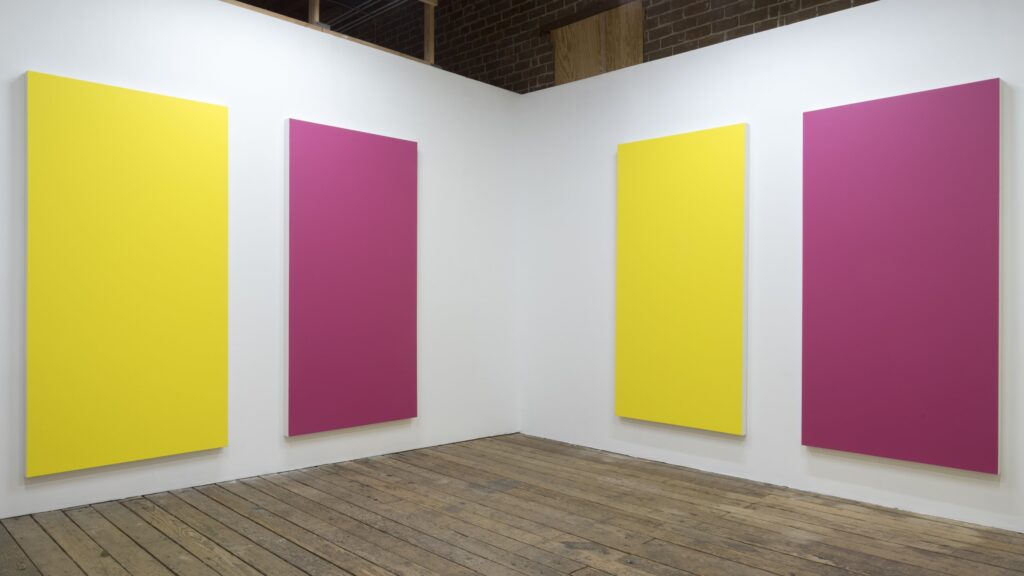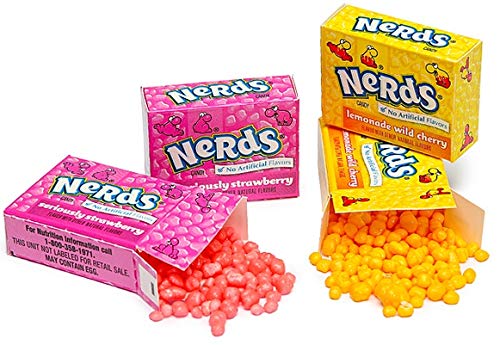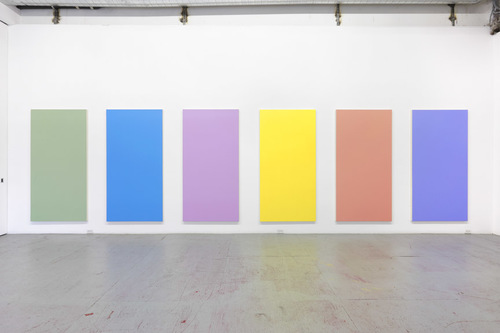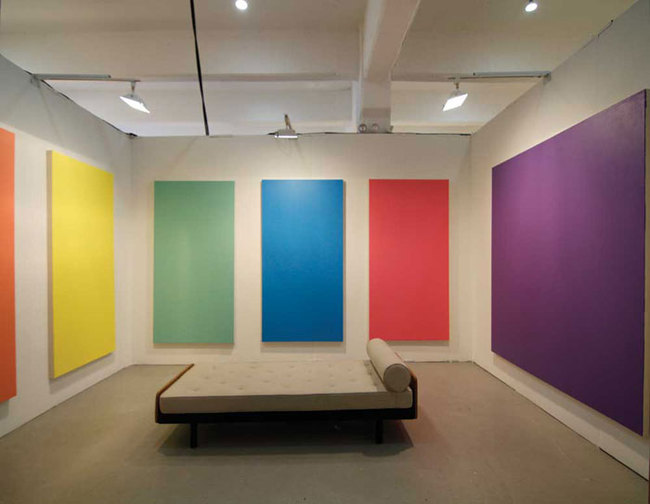
I confess I thought Henry Codex’s project had fizzled out, when in fact, I had just lost the thread. Since 2017 Codax has had solo shows in Zürich, Paris, and Tucson—twice. This morning Joshua Caleb Weibley skeeted some begrudging praise for Tucson gallery Everybody’s second Codax exhibition, which is currently on view.

Unlike the first, “Strawberry Lemonade,” which was staged in Everybody’s original warehouse situation, this untitled show of untitled works fills Everybody’s current murdered-out bungalow space. For an artist known [sic] for large, pristinely executed monochromes, these new paintings, as the gallery’s terse press release notes, “mark a shift in the artist’s approach.” Well, yes and no.

Upon first seeing images of the show, I admired Codax for deploying his [sic] meticulous painterly skills toward handpainting the geometric abstractions of QR codes. But as I scrolled down, my materialist heart dropped to learn they are silkscreen on panel. These paintings are not “mirrors” or “blanks” as Codax has described his previous work. There is information here, obvious information. The pictures are of—and are—codes, whose untitled titles contain other codes, A painting of a QR code is a QR code, and we know what they do, or at least we have an expectation of the possibility.
And if the code in the title isn’t recognized from the caption—titles are not evident when experiencing the paintings in person—it is evident as soon as a viewer does what’s expected. The QR code sends a URL to a browser, which opens a webpage at henrycodax.com, [e.g. https://henrycodax.com/79e09b.html]. The title of the page is the title of the work [e.g., Henry Codax – Untitled (#79e99b)]. And the only thing on the page is a command setting the background to the hexadecimal color, #79e99b in this example, a pale, Kermit-y green.

via henrycodax.com
The webpage opens to whatever size your device & browser window are, but I’ve used screenshots from my phone. Maybe that’s too close to the dimensions of Codax’s earlier works, but it’s also presumably how most IRL visitors to the show will see them.

via henrycodax.com
My first thought was, though I really wish I’d grabbed henrycodax.com when I had the chance, it’s nice to see it’s not just being squatted on. [In fact, in Spring 2023, it was renewed for five more years, which may put a pin on the calendar for this project.] My second thought was, what if these are just the first eleven of 16,777,216 works? Codax, you’re a megalomaniacal genius!

Then I settled down a bit, and wondered, why this? Why these? Would the works gain meaning from their installation as contrasts or diptychs, the way Strawberry Lemonade looked like a box of Nerds? Or. The three paired digits in hexadecimal codes convert to three numbers, each between 0-255, for the levels of red, green, and blue which determine the pixel colors of our digital vision. Do these colors have some mathematical relationship to each other, the RGB equivalent of Alma Thomas picking the colorwheel inverse of each Matisse color when she remade l’Escargot as Watusi (Hard Edge)?

Once I had all the screenshots in a grid, though, I noticed something else. When I hovered a color selector over this installation shot from one of Codax’s earliest shows, the exact hex codes from Everybody turned up in three paintings.

When I dragged the color selector over this photo of Martos Gallery’s 2012 NADA NYC booth, two more codes popped up.

With 16.8 million colors to choose from, at least five of 11 turn out to be from Codax paintings. Codax has said his paintings are mirrors in which “people are confronted with themselves a bit more, or at least with their own preoccupations or assumptions about the work, including who made it.” The project of this fictitious artist has always presented the project as a challenge to authorship, originality, and authenticity. But this shift in Henry Codax’s approach reveals something that’s been there all along: that the anonymous collaborators making the work, the first to be confronted in its mirror, are preoccupied with their own reflections.
[Nagging at me a couple of days later update: this 2018 interview between Codax and Bob Nickas makes me think no one cares about Codax’s secret identity as much as his instigators do, and it’s really all they have to talk about. Looking back, that turns out to have always been the case.]
